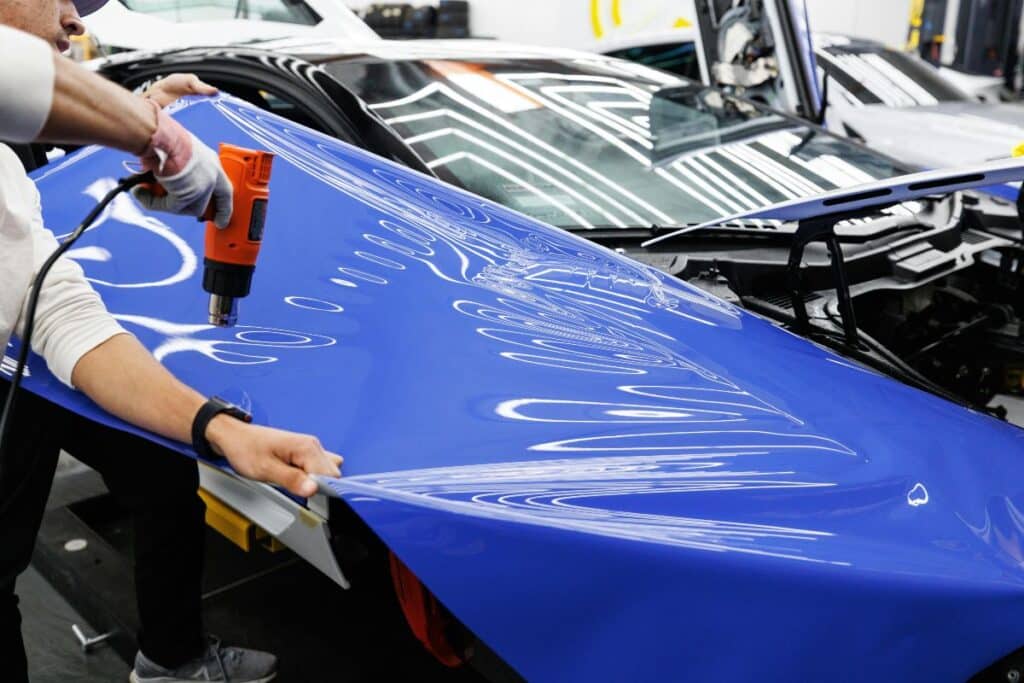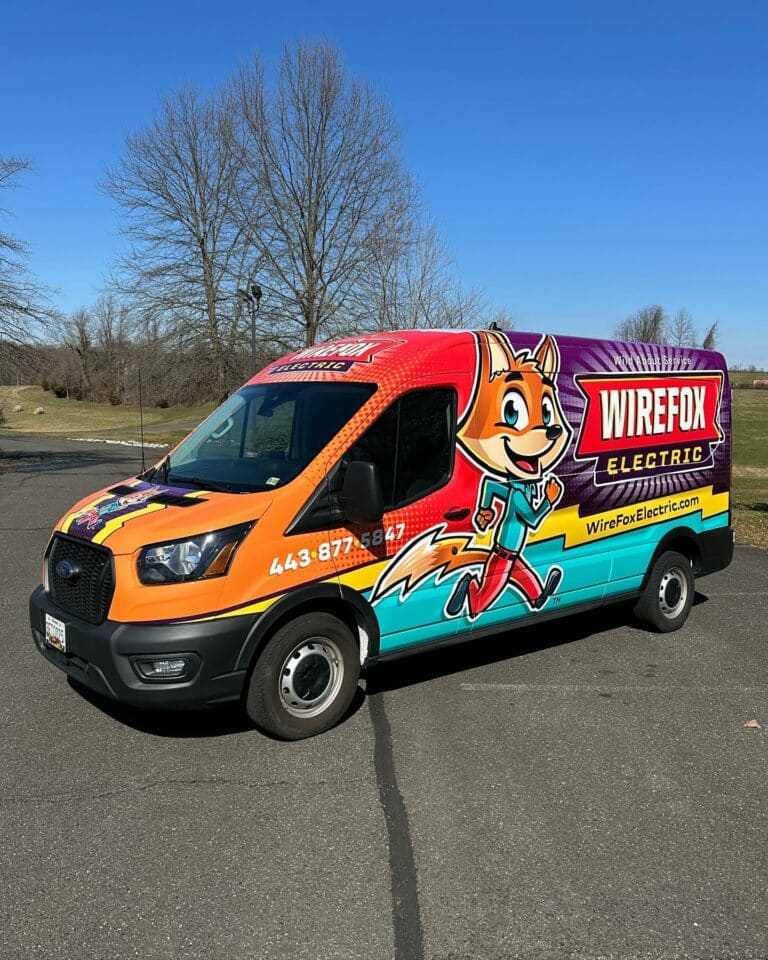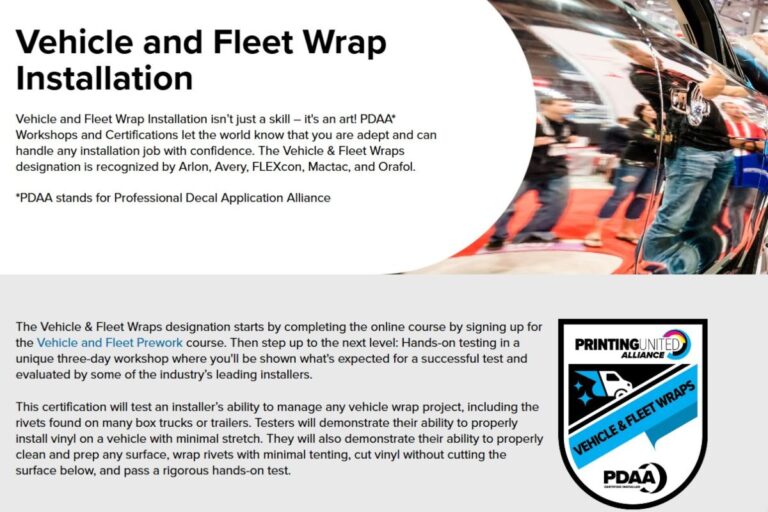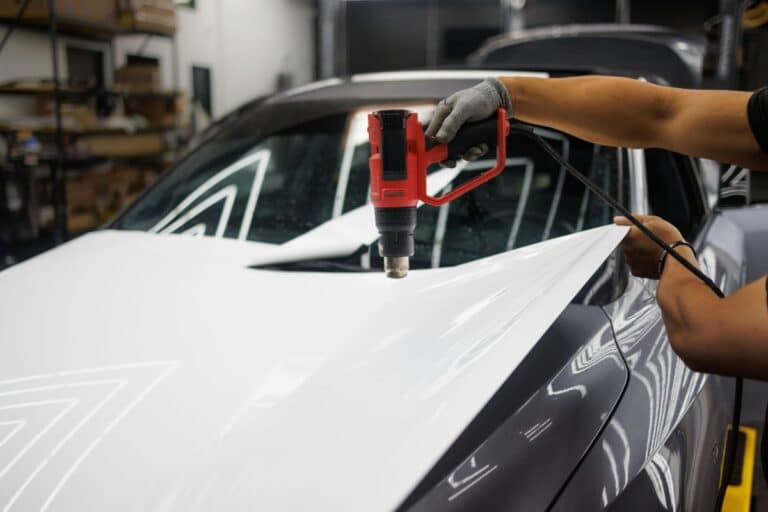In recent years, vehicle wrapping has surged in popularity, not only as a means of aesthetic customization but also as a protective measure for car surfaces. However, with the rise of this industry comes the need for stringent regulations regarding the materials used, particularly vinyl wraps and adhesives.
The Environmental Protection Agency (EPA) plays a crucial role in ensuring that vinyl wrap materials and adhesives meet safety and environmental standards. If you’re considering a vehicle wrap service in Davidsonville, MD, it’s essential to understand how the EPA regulates volatile organic compounds (VOCs), hazardous air pollutants (HAPs), and waste disposal related to vinyl wrapping.
This article explores these regulations, their impact on the industry, and what they mean for consumers and businesses.
EPA Programs and Regulations
Toxic Substances Control Act (TSCA)
The TSCA serves as a fundamental component of chemical safety regulations in the United States. Under this act, both new and existing chemicals used in vinyl wraps and adhesives are subject to regulation.
The EPA has recently prioritized vinyl chloride, a key component in polyvinyl chloride (PVC) production, for risk evaluation due to its classification as a known human carcinogen. This evaluation aims to assess potential risks to human health and the environment before new chemicals enter the market.
Manufacturers are required to label and maintain records of chemical compositions, ensuring transparency and traceability.
Clean Air Act (CAA)
The CAA addresses air pollutants, including volatile organic compounds (VOCs), which are commonly found in vehicle wrap adhesives.
The EPA has established Control Techniques Guidelines for industries such as flexible package printing, which includes operations related to vinyl wraps. These guidelines recommend VOC emission reduction measures to limit emissions from solvent-based adhesives used in vinyl wraps.
Resource Conservation and Recovery Act (RCRA)
The RCRA governs the handling, transportation, and disposal of hazardous waste generated from vinyl wrap installation and removal. It enforces:
- Proper Waste Management:
- Hazardous Waste Classification:
- Recycling Initiatives
Federal Insecticide, Fungicide, and Rodenticide Act (FIFRA)
Certain vinyl wraps incorporate antimicrobial agents to prevent mold and bacterial growth. Under FIFRA regulations, antimicrobial products used in vinyl wraps must receive EPA approval and be properly registered.
Moreover, manufacturers are required to provide proper labeling and usage instructions to ensure safety and compliance with federal regulations.
Specific Regulations for Vinyl Wrap Materials

VOC Content Limits
The specific limits can vary based on factors such as the type of vinyl (e.g., cast or calendared) and the application method.
VOC Limits for Adhesives
According to the EPA’s guidelines, the VOC content limits for various adhesive categories are as follows:
- Flexible Vinyl Adhesive: 70% by weight.
- Laminate Repair/Edgebanding Adhesive: 60% by weight.
- Mounting Adhesive: 70% by weight.
- Polystyrene Foam Adhesive: 65% by weight.
- General Purpose Adhesive: 10% by weight.
These limits are outlined in the EPA’s National Volatile Organic Compound Emission Standards for Consumer and Commercial Products.
VOC Limits for Coatings
For coatings applied to vinyl materials, the EPA specifies a VOC content limit of 3.8 pounds per gallon (0.45 kilograms per liter) of coating, excluding water and exempt solvents, delivered to the vinyl coating applicator system.
Heavy Metal Restrictions
Historically, certain vinyl wraps contained heavy metals such as lead, cadmium, and chromium to enhance durability and color. Recognizing the severe health and environmental risks posed by these substances, the EPA has implemented regulations to restrict their use.
For example, the EPA’s regulations require a 99.99% destruction and removal efficiency for hazardous air pollutants, including heavy metals, during manufacturing processes. These measures aim to prevent:
- Environmental Contamination: Improper disposal of vinyl wraps containing heavy metals can lead to soil and water contamination, posing long-term ecological risks.
- Neurotoxicity from Lead Exposure: Lead is particularly harmful to children, affecting brain development and leading to cognitive impairments.
- Cadmium Poisoning: Exposure to cadmium has been linked to kidney damage and lung diseases.
Plasticizer Regulations
Plasticizers, such as phthalates, are added to vinyl wraps to increase flexibility. However, studies have raised concerns about potential endocrine disruption and reproductive harm associated with certain phthalates.
The European Chemicals Agency (ECHA) has classified several phthalates as toxic to reproduction and has implemented restrictions on their use. Since November 2020, the EU has restricted the following phthalates in consumer products, including vinyl materials, to concentrations below 0.1% by weight:
- Di(2-ethylhexyl) phthalate (DEHP)
- Dibutyl phthalate (DBP)
- Benzyl butyl phthalate (BBP)
- Diisobutyl phthalate (DIBP)
These restrictions apply to various consumer goods, including clothing, accessories, and other items that come into contact with the skin, to mitigate potential health risks.

Specific Regulations for Vinyl Wrap Adhesives
VOC Content Limits in Adhesives
Adhesives used in vinyl wraps are subject to stringent VOC content limits due to their potential contribution to air pollution. The EPA mandates the use of low-VOC and water-based adhesives as alternatives to traditional solvent-based glues.
For instance, regulations such as the Control of Volatile Organic Compounds from Adhesives and Sealants set specific VOC content limits for various adhesive categories, promoting the adoption of low-emission products.
Formaldehyde Emissions
Some older adhesive formulations contain formaldehyde, a known carcinogen.
The EPA regulates formaldehyde emissions under the Formaldehyde Standards for Composite Wood Products Act, which establishes emission limits for adhesives used in composite wood products. This regulation sets specific formaldehyde emission standards and requires labeling to ensure consumer awareness of formaldehyde content in products.
Toxicity Testing Requirements
All vinyl wrap adhesives must undergo comprehensive toxicity testing before being approved for use.
The EPA evaluates test data to assess potential health risks, including skin irritation and respiratory effects, as well as environmental persistence to ensure that adhesives do not release harmful chemicals over time. This rigorous evaluation process is part of the EPA’s broader mandate under the TSCA to assess and manage chemical risks.
Best Practices for Compliance and Sustainability
To align with EPA regulations while promoting sustainability in vehicle wrapping:
- Choose Low-VOC Products: Opt for vinyl wraps and adhesives that are labeled as low-VOC or environmentally friendly.
- Proper Installation Practices: Follow manufacturer guidelines for installation to minimize waste and ensure safety during application.
- Ventilation: Ensure adequate ventilation during installation to reduce exposure to harmful fumes.
- Explore Sustainable Alternatives: Consider using biodegradable or recycled materials for vehicle wraps whenever possible.
- Recycling and Responsible Disposal of Vinyl Wrap Waste: To dispose of vinyl wraps responsibly, check with local recycling facilities or take-back programs offered by manufacturers. If recycling isn’t possible, follow local regulations for proper disposal and never illegally dump or incinerate the material.

How Can a Sign & Graphics Help You Stay EPA-Compliant?
Ensuring that your vehicle wrap meets EPA regulations requires the right materials, proper installation, and responsible waste disposal. Our professional installation team ensures safe application and eco-friendly disposal practices.
Contact us today for a free consultation and let’s transform your vehicle with a wrap that’s safe for you and the environment!




